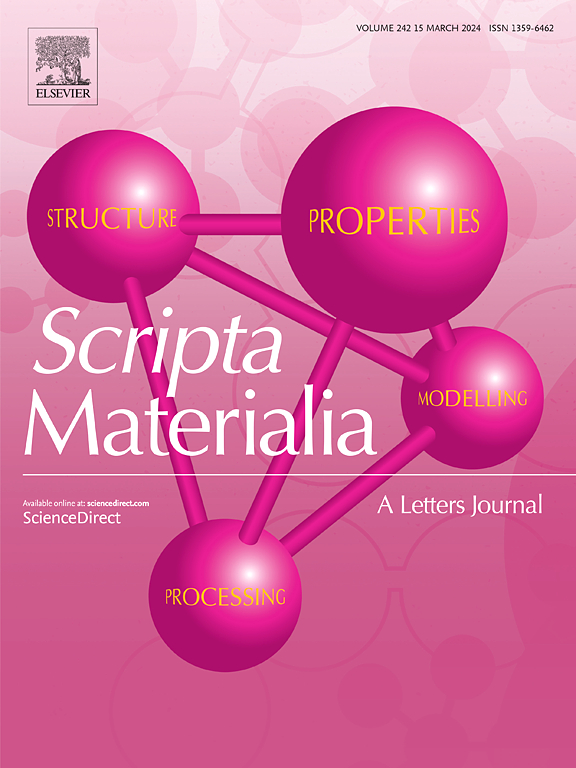Diffusible hydrogen facilitated stress corrosion cracking in 316 stainless steel using in-situ gaseous hydrogen charging in simulated PWR environment
IF 5.3
2区 材料科学
Q2 MATERIALS SCIENCE, MULTIDISCIPLINARY
引用次数: 0
Abstract
In this article, we introduce a novel in-situ hydrogen charging method for stress corrosion cracking (SCC) testing in a high-temperature and high-pressure water environment at 325 °C for the first time. This method effectively mitigates the interference of the electrochemical charging on the corrosion potential, and the limitation of maintaining a stable hydrogen concentration in the materials using any pre-charge methods. This approach ensures a sufficient and stable amount of diffusible hydrogen (DiffH) within the alloy matrix, which effectively maximizes the effect of diffusible hydrogen in the matrix influencing SCC at high temperatures. Post-experimental characterization reveals that DiffH has a significant impact on the oxidation behaviour near the crack tip. Notably, diffusion induced grain boundary migration (DIGM) is greatly reduced while the preferential intergranular oxidation is still present, suggesting a complex role of DiffH on SCC.
在模拟压水堆环境中使用原位气态充氢,扩散氢促进 316 不锈钢的应力腐蚀开裂
本文首次介绍了一种新型原位充氢方法,用于在 325 °C 高温高压水环境中进行应力腐蚀开裂(SCC)测试。这种方法有效地减少了电化学充氢对腐蚀电位的干扰,以及使用任何预充氢方法在材料中保持稳定氢浓度的限制。这种方法确保了合金基体中有足够且稳定的扩散氢(DiffH),从而有效地最大限度地发挥了基体中的扩散氢对高温下 SCC 的影响。实验后的表征显示,DiffH 对裂纹尖端附近的氧化行为有显著影响。值得注意的是,扩散诱导的晶界迁移(DIGM)大大减少,而优先的晶间氧化仍然存在,这表明 DiffH 对 SCC 起着复杂的作用。
本文章由计算机程序翻译,如有差异,请以英文原文为准。
求助全文
约1分钟内获得全文
求助全文
来源期刊

Scripta Materialia
工程技术-材料科学:综合
CiteScore
11.40
自引率
5.00%
发文量
581
审稿时长
34 days
期刊介绍:
Scripta Materialia is a LETTERS journal of Acta Materialia, providing a forum for the rapid publication of short communications on the relationship between the structure and the properties of inorganic materials. The emphasis is on originality rather than incremental research. Short reports on the development of materials with novel or substantially improved properties are also welcomed. Emphasis is on either the functional or mechanical behavior of metals, ceramics and semiconductors at all length scales.
 求助内容:
求助内容: 应助结果提醒方式:
应助结果提醒方式:


